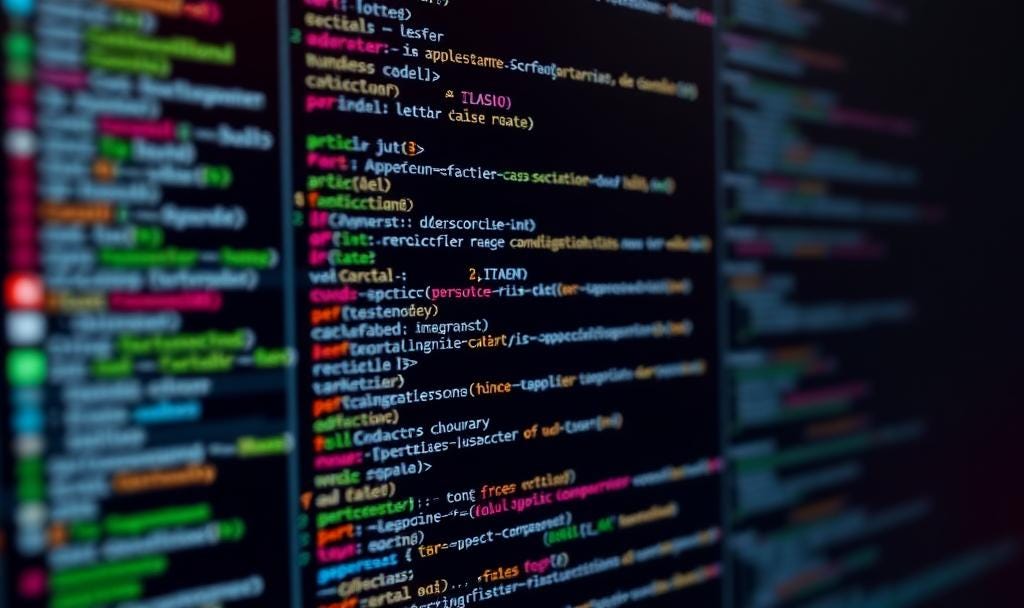🔍 GraphQL: The Smarter Way to Talk to APIs
What is GraphQL?
GraphQL is a query language for APIs and a runtime for executing those queries with your existing data. It was developed by Facebook in 2012 and open-sourced in 2015.
Instead of multiple endpoints and rigid response structures, GraphQL lets clients request exactly the data they need — nothing more, nothing less.
Think of it like asking a waiter for a custom sandwich rather than being forced to pick something pre-made from the menu.
How GraphQL Works: The Basics
At the heart of GraphQL is a schema. It defines the data types, relationships, and operations available in your API — acting as both documentation and contract.
There are three main operations:
Query – To read data
Mutation – To write or change data
Subscription – To get real-time updates
All of this is done through one single endpoint, usually /graphql.
GraphQL vs REST: What's the Difference?
FeatureRESTGraphQLEndpointsMultiple (e.g. /users, /posts)Single (/graphql)Data FetchingFixed per endpointFlexible, precise queriesOver-fetchingCommonAvoidedUnder-fetchingOften requires multiple callsAvoidedReal-Time SupportManual (WebSockets etc.)Built-in via subscriptionsVersioningHandled via /v1, /v2 URLsSchema evolution, no versioning
Why Developers Love GraphQL
💡 Efficient: One request gets all the data you need
⚡ Faster apps: Especially on slow networks
📱 Perfect for mobile: Reduces payload sizes
🧠 Strongly typed schema: Autocomplete, validation, and self-documentation
🧩 Powerful dev tools: Use GraphiQL or Apollo DevTools for easier debugging
🔄 Subscriptions: Real-time updates made easy
Tools You Can Use with GraphQL
Apollo Client/Server – Powerful toolset for working with GraphQL in JavaScript/React apps
Hasura – Instantly generate GraphQL APIs on top of PostgreSQL
Relay – Facebook’s own GraphQL client
GraphQL Playground – An interactive UI to write and test your queries
When to Use GraphQL (and When Not To)
✅ Great For:
Complex frontend apps
Mobile apps with limited bandwidth
Projects that evolve rapidly
Real-time dashboards
🚫 Not Ideal For:
Simple CRUD apps
Teams with no GraphQL experience
Environments heavily reliant on HTTP caching
Applications with tight backend constraints (GraphQL can be heavier server-side)
Real-World Use Cases
Facebook: Built GraphQL to power its mobile news feed
GitHub: Replaced its REST API with GraphQL for better developer experience
Shopify: Offers a full GraphQL API for custom storefronts
Netflix & Twitter: Use GraphQL to optimize bandwidth and data flow
Final Thoughts: Not Just a Buzzword
GraphQL is not just a trendy replacement for REST — it’s a rethink of how data should be fetched and sent in modern applications. It empowers both frontend and backend developers to build smarter, more scalable, and maintainable apps.
If you’re building something dynamic, mobile-first, or collaborative, give GraphQL a serious look. You might never want to go back to REST again.


